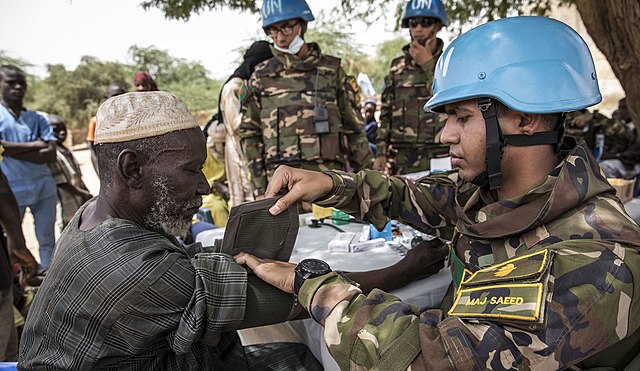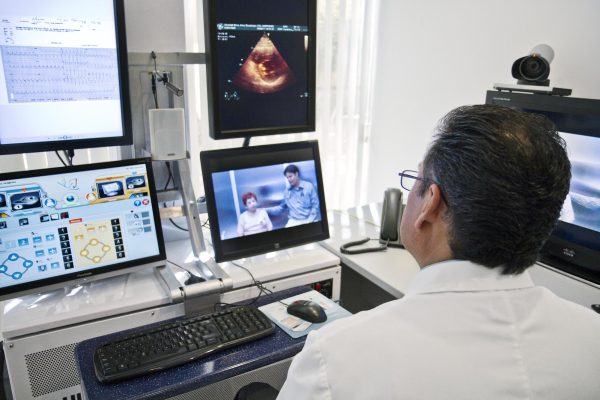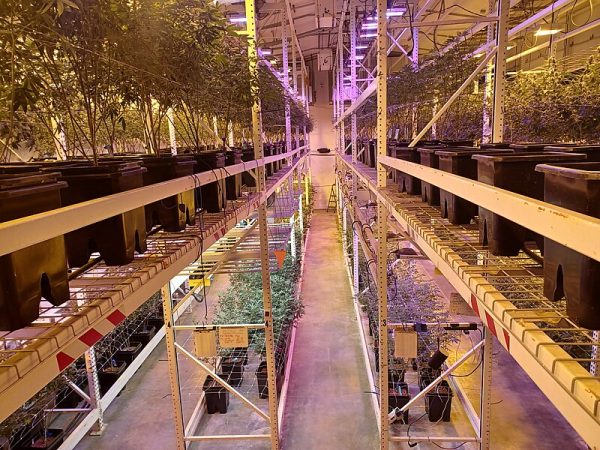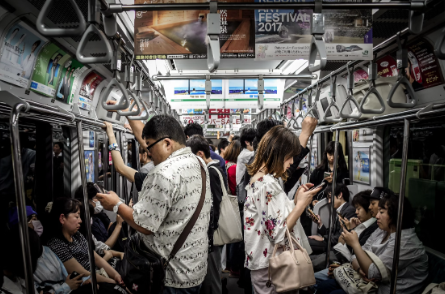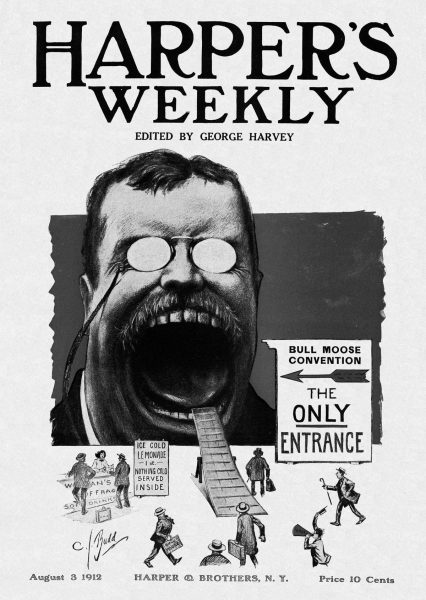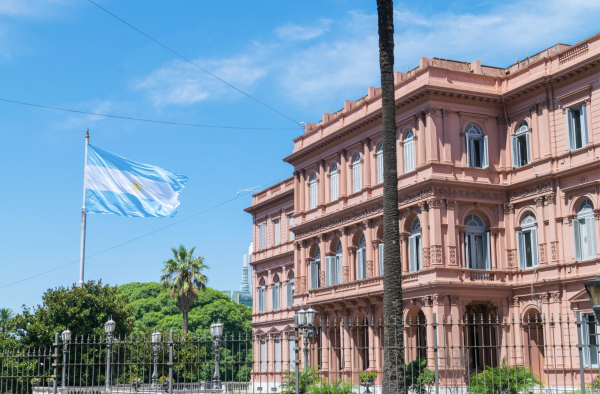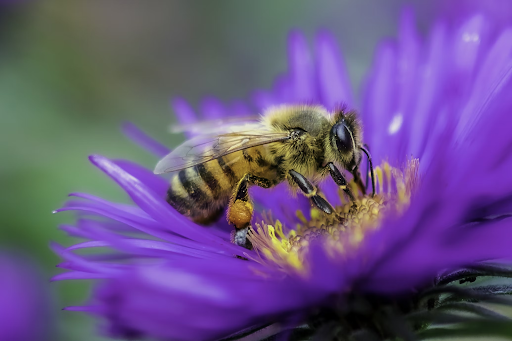Conflict in Mali and the Central African Republic: A Look Into United Nations Peacekeeping
UN peacekeeping has long been crucial for helping nations attain peace, but minimal headway has been made in Mali and the Central African Republic.
MONUSCO Photos, CC BY-SA 4.0
Here, some Bangladeshi United Nations peacekeepers deliver medical aid to remote villages in Mali.
In 1948, in to supervise the Armistice Agreement between Israel and the neighboring Arab states (the formal ceasing of hostilities in the 1948 Arab-Israeli War), the United Nations deployed military observers under Operation United Nations Truce Supervision Organization, or Operation UNTSO. This is known as the first United Nations peacekeeping mission. In the 74 years that the organization has been in operation, over 70 missions have been sanctioned, spanning all corners of the globe.
But UN peacekeeping hasn’t always had the same responsibilities or difficulties. The 1950s through the 1970s were characterized by the Cold War feud between the United States and the Soviet Union. What was meant to be an international organization designed for peace, became a breeding ground for discourse between these two nuclear superpowers. Both quoted ideological differences and worked tirelessly to thwart the other’s agenda. Consequently, navigating this complicated power struggle caused UN missions to be highly limited.
By the post Cold War era, international concerns and issues had changed. Developing nations previously engulfed by Cold War tensions were increasingly looking for stability, and ultimately turned to the UN for guidance. This invoked a crucial reorganization in peacekeeping operations and drastically changed UN peacekeepers’ responsibilities. The UN itself claims that their peacekeepers undertook new jobs from helping to build sustainable government institutions to disarmament and reintegration of previously fighting soldiers. Their new responsibilities required a multifaceted UN peacekeeping operation. Their military force converted to a melting pot of professional workers, and employed lawyers, humanitarians, and police officers alike.
Nowadays, the UN summarizes its role with two phrases, to protect civilians and to prevent conflicts. But recently, UN peacekeeping has had mixed results, and its effectiveness has been increasingly questioned.
The UN boasts that its missions are done with the consent of the warring parties, and are conducted with impartiality. They also assert that their peacekeepers don’t use force other than for self defense or in defense of their mandate. However, strenuous relationships between peacekeeping forces and local governments have painted a different picture. In Mali and the Central African Republic (CAR) specifically, the humanitarian crisis has remained troubling since the UN’s arrival.
In Mali, peacekeeping troops have been working since 2012 to maintain peace between insurgent northern groups who claim independence for the Azawad region and the recognized government of Mali. In 2020, Colonel Assami Goita led a coup against elected President Ibrahim Boubacar Keita, and Bah Ndaw was selected as interim president. UN presence, however, has not limited internal political instability. In 2021, Goita led another coup, this time against Ndaw, which resulted in Goita being named the new interim president until general elections in 2022. Goita had been trained as a military official at Prytanée militaire de Kati and the Joint Military School in Koulikoro prior to his political career and served as Colonel in the Autonomous Special Forces Battalion of Mali.
Additionally, in June of 2021, French peacekeeping troops pulled out of Mali after nine years and billions of dollars spent after what was declared a fallout between French command and the Malian Government. French President Macron declared that the arrest of Mali’s leaders was a coup within a coup, and called for sanctions against Mali’s new government.
The humanitarian situation is worse in the Central African Republic. Since UN peacekeeping missions MINUSCA began in 2014, food insecurity and civilian displacement has steadily increased over the years. As of September 2022, 3.1 million Central Africans are in need of humanitarian aid, with 2.2 million being food insecure. The Borgen Project reports that in 2013, 20% of the population were hungry, as opposed to the whopping 40% in 2020. Additionally, 484 thousand people are internally displaced and 744 thousand are refugees, spilling into the neighboring countries of the Democratic Republic of the Congo and Cameroon.
The MINUSCA mission itself reports that attacks against humanitarian workers are high as of 2022, with thefts and robberies accounting for 70% of all incidents. This is critical as OCHA (The UN Office for Coordination of Humanitarian Affairs) has claimed that two attacks in April of 2022 caused one supporting organization to suspend their operations. This organization operated mobile clinics and worked on a project aimed at providing clean water to 11,000 people in the Basse-Kotto prefecture.
Worryingly, the 2014 start of MINUSCA was not the first UN peacekeeping mission to be sanctioned in the CAR. A 1998 mission was mandated with enforcing security and stability in the CAR’s capital of Bangui, and another was sanctioned in 2007 to “contribute to the protection of civilians; promote human rights and the rule of law; and promote regional peace.”
While these figures paint a bleak future for these peacekeeping operations, a multitude of studies show the effectiveness of these operations, and several have continued to advocate for the UN missions in conflict-ridden regions.
The International Peace Institute finds that in terms of reducing overall conflict, UN missions in Somalia, the DRC, and Mali “have made significant contributions to preventing major civil wars and large-scale conflict” and stakeholder communities “agree that the level of violent conflict in these countries would have been significantly worse if these peace operations were not present.”
Political violence at a glance claims that “UN peacekeepers are uniquely able to limit the escalation of communal disputes because local populations perceive them as relatively impartial. The UN is a multilateral international organization branded as a peacemaker. Indeed, it is an especially diverse international organization with 193 sovereign member states.” Evidence in Mali has shown that “UN peacekeeping had a strong positive effect on people’s willingness to cooperate, whereas French peacekeeping had no substantive or statistically significant effect.”
Similarly, in the CAR, the UN reports have said that 1.3 million people have been provided with life-saving care in the first half of 2022.
However, it would be wrong to say the UN has been all successful. In terms of protecting civilians, The IPI finds that these missions don’t meet international standards, and that they simply do not have enough resources to constantly protect civilians. Crucially, protecting civilians is a principle UN peacekeeping mandate. Failing to keep up in this aspect casts doubt on its overall effectiveness as an organization.
Generally, though graphics and statistics don’t support the prospect of success in peacekeeping missions, the truth on the ground is vastly different. Maintaining stability and security in these nations has and always will be the final goal of UN missions.
The UN boasts that its missions are done with the consent of the warring parties, and are conducted with impartiality. They also assert that their peacekeepers don’t use force other than for self defense or in defense of their mandate. However, strenuous relationships between peacekeeping forces and local governments have painted a different picture. In Mali and the Central African Republic (CAR) specifically, the humanitarian crisis has remained troubling since the UN’s arrival.
Evan Li is a Features Editor for ‘The Science Survey.' He enjoys writing articles about political news and the sciences, areas that reflect current events...

